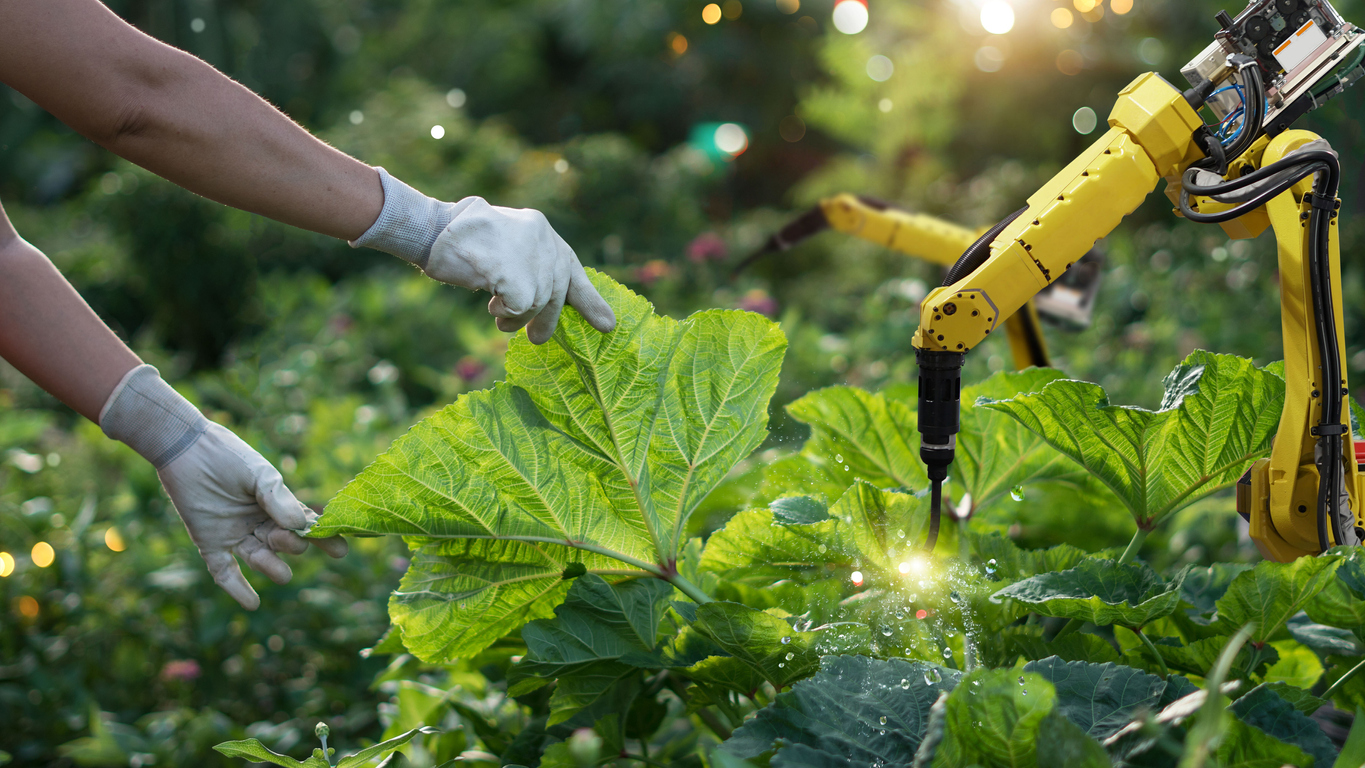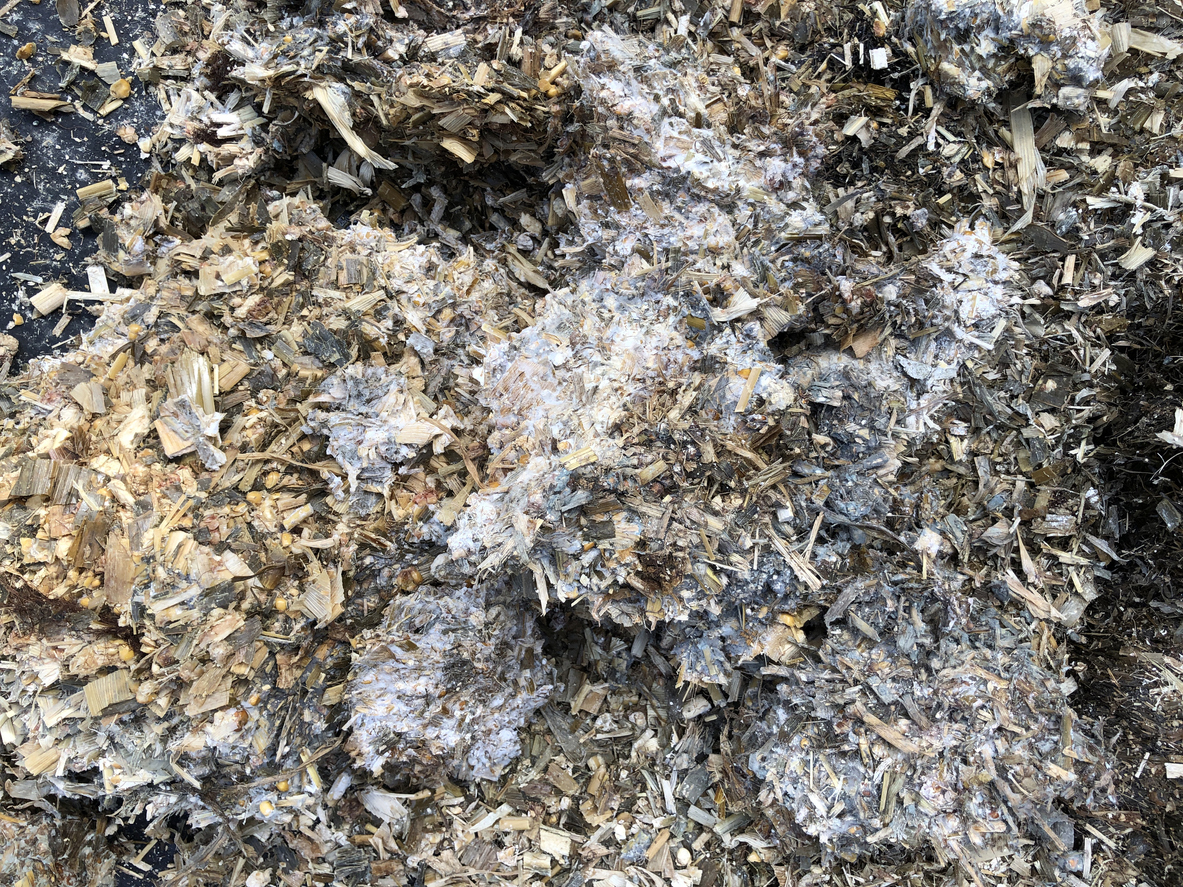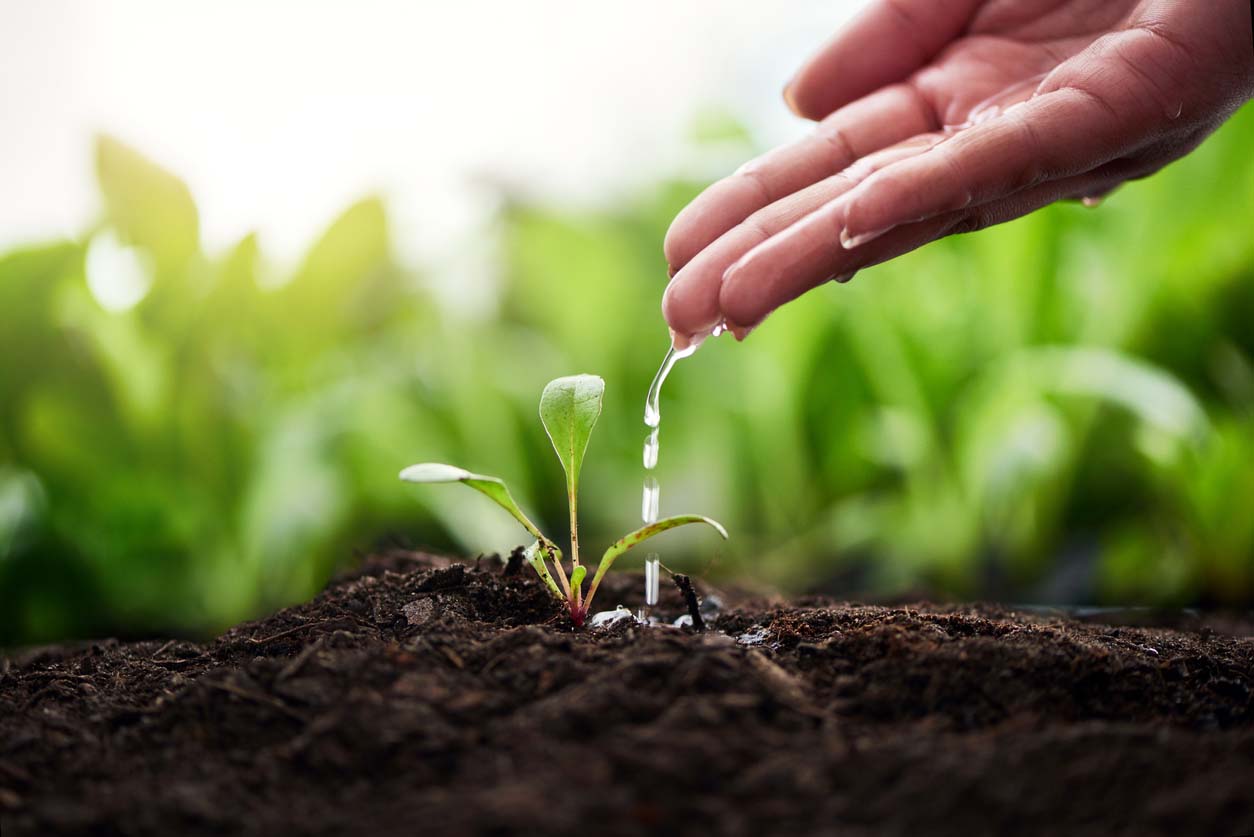Ecological Farming (ECO Farming)

ECO Farming or ecological farming is a new way of improving our soils, improving nutrient and fertilizer efficiency and ultimately increased crop yields while protecting the environment. Ecological farming is an integrated system of practices that closely mimics and works with natural processes. For years, farmers have increased crop yields by plowing up the soils (using fuel and equipment) and then utilizing fertilizer and crop inputs like herbicides, insecticides, and fungicides to control pests. The upside of this has been higher crops yields but the inputs like fuel, fertilizer, and pesticides are becoming more expensive. Modern agriculture now has to deal with environmental problems including soil erosion, soil compaction, nitrogen and phosphorus runoff, flooding, resistant weeds, insect infestations, and crop diseases. In a nutshell, the goal of ecological farming is to produce profitable high yielding crops that utilizing inputs efficiently while protecting the environment. Skep...




